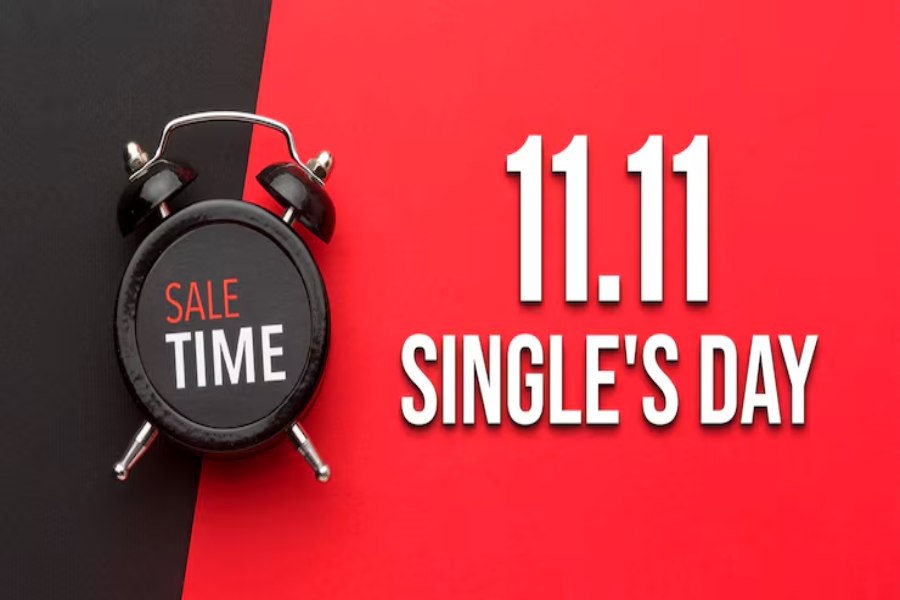We’ve all been there—facing a mountain of tasks and wondering how to stay focused long enough to finish them. Whether it’s preparing for an exam, wrapping up a project at work, or training for a marathon, motivation can fade quickly. That’s where countdowns come in. Using time as a visual motivator can be surprisingly effective in keeping you on track and reaching your goals. Think of it like using a poster maker to visualize your aspirations—it turns abstract dreams into something you can actually see and measure.
Countdowns aren’t just for New Year’s Eve or rocket launches; they can be a powerful productivity hack. By tracking how much time you have left until a deadline, you create urgency, accountability, and focus. In this article, we’ll dive into why countdowns work, how to use them in everyday life, and some practical tools to help you make the most of them.
Why Countdowns Boost Productivity
Countdowns tap into human psychology in a unique way. Here’s why they’re so effective:
- Visual urgency: When you see time ticking down, it’s harder to procrastinate. Deadlines feel more real and less negotiable.
- Milestone motivation: Breaking time into chunks—days, weeks, or hours—gives you smaller wins along the way.
- Accountability: A countdown reminds you that your deadline isn’t moving, so you need to move toward it.
- Stress management: Instead of feeling overwhelmed by endless tasks, countdowns create structure.
According to a study published in The Journal of Applied Psychology, people tend to perform better when deadlines are visible and finite, as opposed to vague or distant.
Setting Up Effective Countdowns
Not all countdowns are created equal. To get the most out of them, keep these steps in mind:
1. Define Your Goal Clearly
Before starting, identify exactly what you want to achieve. Is it finishing a report by Friday? Running 5K in under 30 minutes? Clarity is key.
2. Choose the Right Timeframe
A countdown that’s too long might lose urgency, while one that’s too short may feel stressful. For example, if your exam is three months away, create mini-countdowns for study milestones each week.
3. Make It Visual
Put your countdown where you’ll see it often. A digital app, a widget on your phone, or even a physical calendar can work. The more visible, the more effective.
4. Combine with Micro-Deadlines
Don’t just count down to the “big day.” Create smaller deadlines within the larger countdown to stay on track.
Creative Ways to Use Countdowns in Daily Life
You don’t have to be a student or a CEO to benefit from countdowns. Here are some fun and practical ways to apply them:
- Work projects: Use a countdown to track milestones in long-term projects, helping you avoid last-minute stress.
- Fitness goals: Count down the days until your next race or personal challenge.
- Personal events: Weddings, vacations, or birthdays feel even more exciting with a countdown.
- Habit tracking: Set a 30-day countdown for building new habits like meditation or exercise.
Tools to Help You Get Started
Thanks to technology, setting up countdowns is easier than ever. Here are some options to explore:
- Countdown Apps: Tools like HowLongUntil.io or Countdown+ let you track multiple events with reminders and visuals.
- Productivity Timers: The Pomodoro Technique (working in 25-minute intervals) uses countdowns to structure focus.
- Desktop Widgets: Keep your deadlines in view on your computer for constant reminders.
- Old-School Calendars: Sometimes crossing off days manually is just as effective as a digital tool.
Combining Countdowns With Other Productivity Methods
Countdowns are powerful on their own, but they’re even better when combined with other strategies:
- Time Blocking: Assign blocks of time to specific tasks and use countdowns to stay disciplined.
- Reward Systems: Pair your countdown with a small reward when you hit a milestone.
- Accountability Partners: Share your countdown with a colleague or friend who can keep you on track.
Potential Pitfalls to Avoid
While countdowns can be motivating, they can also backfire if not used carefully. Be mindful of:
- Overwhelm: A looming countdown might cause anxiety instead of motivation. Break it into smaller chunks.
- Rigidity: Life happens—be flexible if you miss a milestone. Adjust the countdown instead of giving up.
- Focusing Only on the End Date: Don’t ignore the small steps. Celebrate progress along the way.
Final Thoughts
Countdowns aren’t just about watching time slip away—they’re about making the most of the time you have. By setting up clear goals, creating visual reminders, and using countdowns strategically, you can turn procrastination into productivity. Whether it’s a work project, a fitness milestone, or a personal dream, countdowns keep you accountable and motivated.
So, the next time you’re staring at a deadline, don’t just mark it on your calendar—count down to it. You’ll be amazed at how much more focused and productive you become.
